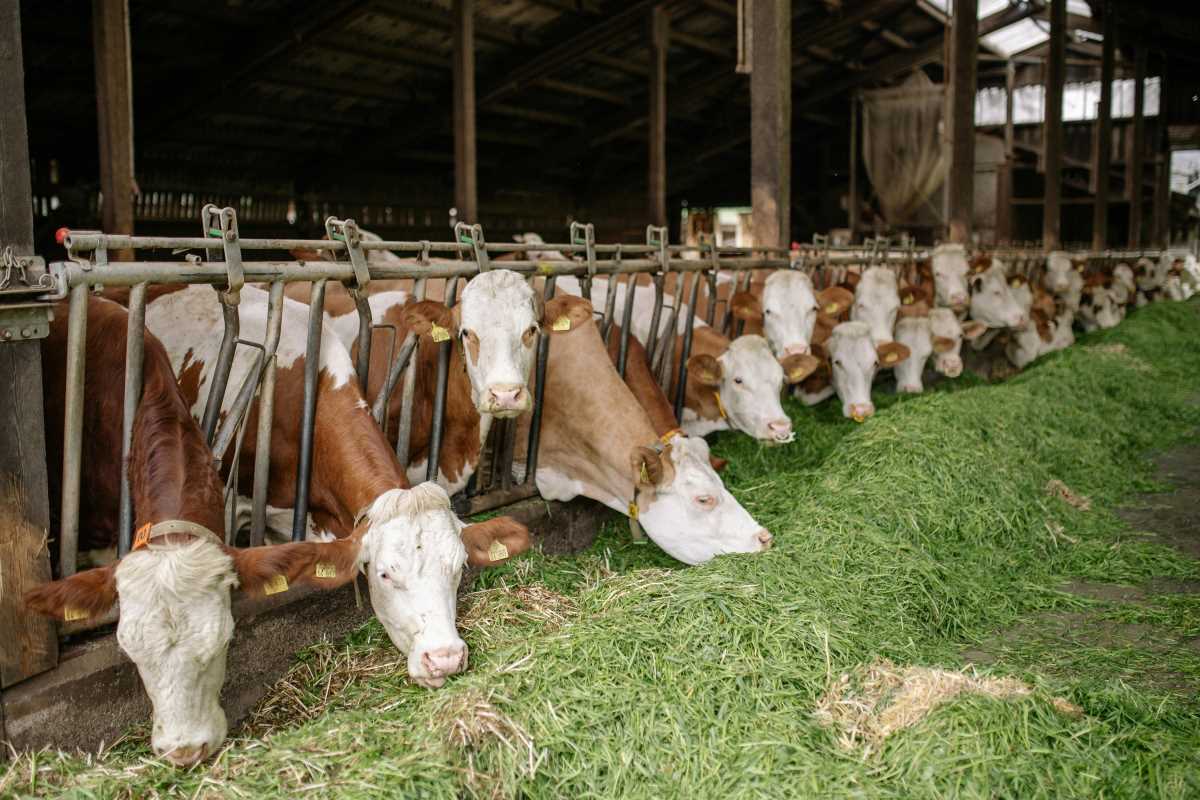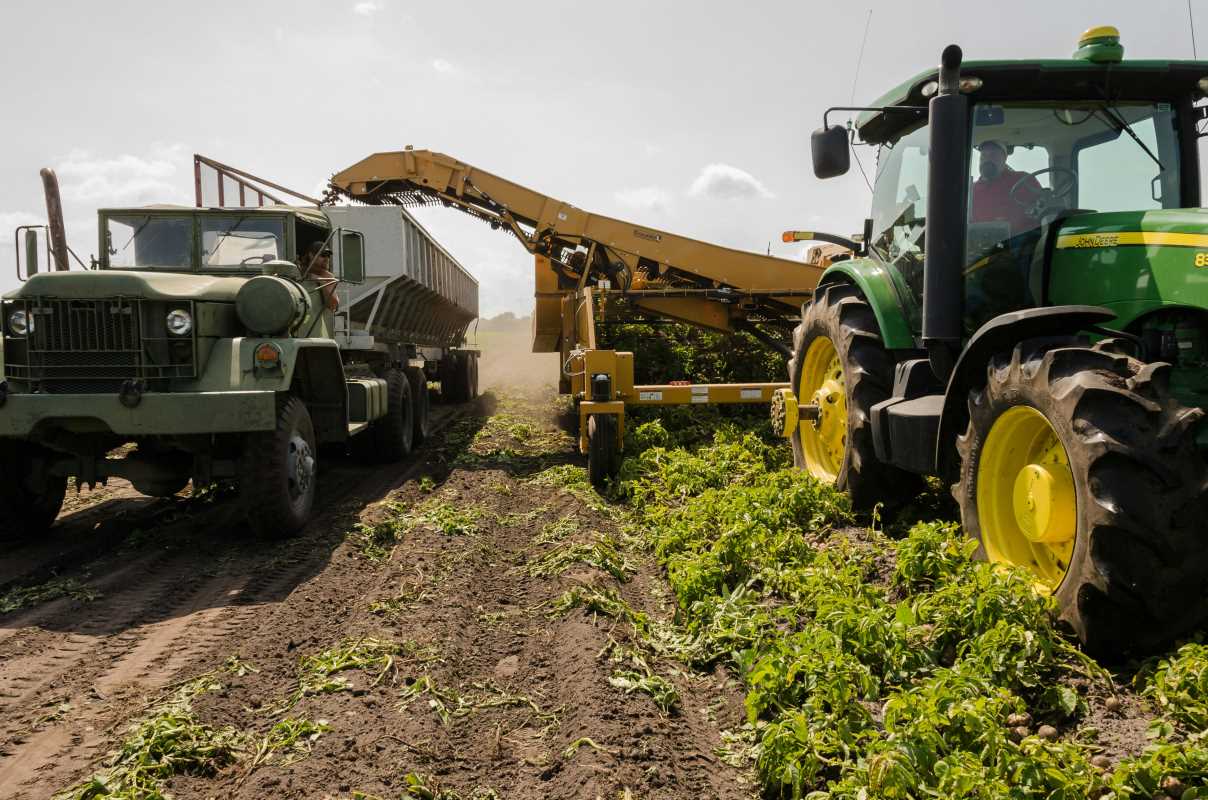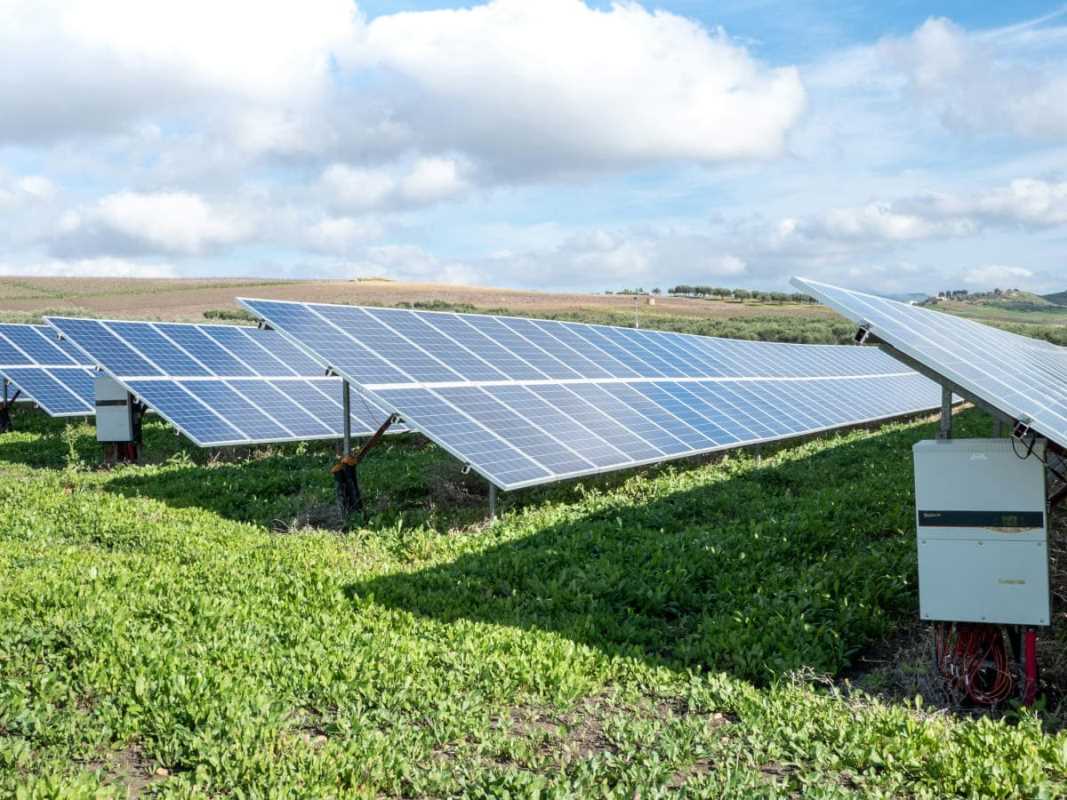Smart technology now plays a significant role in the way ranchers manage cattle feeding, offering a fresh approach to long-standing routines. Automated systems track feed distribution, record consumption, and allow for on-the-spot adjustments, especially valuable on large properties. With these digital tools, farmers gain deeper insight into each animal’s dietary requirements, which supports healthy growth and productivity. Using sensors and data analysis, it becomes easier to avoid waste, monitor herd health, and reduce expenses while prioritizing animal care. Embracing these innovative solutions brings greater control and reliability to daily feeding, making operations both more sustainable and efficient.
Adopting advanced technology in livestock management simplifies the complex processes tied to cattle feeding. It makes daily tasks more manageable, provides valuable insights, and ultimately contributes to healthier cattle and improved productivity on your property.
What Are Smart Feeding Technologies
Smart feeding technology comprises several tools designed to suit different management styles. The following list highlights various systems along with their core features:
- PrecisionFeed: It automatically dispenses the right amount of feed based on individual animal consumption.
- FeedMaster: It monitors feed quality and adjusts nutrient balance while sending alerts when supplies run low.
- Automated Feeders: They use sensors and timers to ensure feed is delivered at optimal intervals without manual intervention.
- Remote Monitoring Systems: They track feed levels and animal activity through a mobile app, making it easy to manage your herd from afar.
- Cloud-Based Analytics: It collects and analyzes data on feed consumption trends, enabling you to make informed decisions.
These technologies create new chances for controlling feed costs and improving herd nutrition through data-backed decisions. They link traditional practices with the latest in sensor and cloud technologies to create a more streamlined operation.
Implementing such solutions helps you stay aware of changes in cattle behavior and nutritional needs as seasons shift. This level of attention not only reduces waste but also enhances overall herd well-being.
Benefits of Smart Tech for cattle feeding
Using smart tech in cattle feeding offers several practical benefits that can directly impact your daily management tasks. Making precise adjustments allows you to ensure each animal's dietary needs are met accurately.
Consider these advantages when deciding whether to upgrade your feeding systems:
- Cost Efficiency: It minimizes feed wastage through precise measurements and timely delivery.
- Improved Herd Health: It provides real-time data to better monitor animal behavior and nutritional intake.
- Labor Savings: It reduces the time spent manually distributing feed and tracking inventory.
- Data-Driven Decisions: It uses analytics to develop feeding plans that can adjust as needed.
- Enhanced Operational Control: It allows you to remotely monitor and adjust feeding routines at any time.
These points show how smart approaches can lower overall expenses while ensuring your herd receives balanced nutrition. They offer practical ways to improve your practices without a complete overhaul of your existing system.
Building a system based on these benefits creates long-term gains for the quality of care in your feeding regimen, ultimately leading to a more productive and predictable operation.
How to Implement Smart Tech on Your Property
Starting to incorporate smart tools into your cattle management can be a straightforward process if you follow a systematic approach. Begin by carefully evaluating your current feeding setup and identify areas that can benefit from automation and real-time monitoring.
Follow this step-by-step guide to make the transition smoothly:
- Evaluate your current feeding process by noting down manual tasks that could benefit from automation.
- Research available smart tech tools and select options compatible with your current setup.
- Plan a pilot test with a small section of your herd to understand how the technology affects your overall operation.
- Consult with tech providers for installation support and training on maintenance and troubleshooting.
- Review performance data frequently to adjust settings and fully incorporate these solutions into daily routines.
This systematic approach helps you avoid common pitfalls during installation. A trial phase allows you to fine-tune features without committing to a full rollout immediately.
Taking your time with a controlled introduction ensures that once you expand the system, it works seamlessly across your entire property. Thorough training and regular evaluations lay a solid foundation for long-term success.
Potential Challenges and How to Address Them
While smart tech offers many benefits, it also presents some challenges. Those managing large properties need to consider issues such as connectivity problems, initial investment costs, and compatibility with existing systems. Planning ahead helps you overcome these hurdles.
Here are some common concerns and tips to handle them:
- Network Coverage: Ensure your property has strong wireless signals or consider installing boosters in remote areas.
- Cost Management: Balance the upfront expense against long-term savings in labor and feed waste reduction.
- System Integration: Confirm that new tools work well with any existing monitoring or control systems you use.
- Maintenance Requirements: Set up regular checkups for sensors and other tech to prevent downtime.
- User Training: Schedule periodic training sessions to keep your team updated on technology use and troubleshooting.
By planning for these issues, you create a solid plan that not only implements smart tech but also keeps operations running smoothly. Challenges are part of adopting any new system, and careful planning minimizes disruptions during the early phases.
Addressing these issues with practical tips helps ensure a smoother transition and enhances the dependability of your livestock feeding management over time.
Connecting Wireless Livestock Solutions
Wireless livestock tracking plays a key role in linking smart feeding systems to overall herd management. These systems depend on remote sensors and data collection tools to monitor cattle movements and health, feeding information into a larger network.
Connecting your feed system with wireless livestock tracking solutions allows you to watch your herd remotely and gain real-time insights into feeding behaviors. This integration encourages a more flexible and responsive management style that can alert you to issues before they become serious.
Wireless solutions expand the concepts behind smart feeding by combining data from feed dispensation with movement patterns. This comprehensive view of cattle activity provides you with extra insights into daily operations, making sure each animal's needs are met effectively.
Furthermore, linking feeding data with movement patterns helps you identify problems such as unhealthy eating habits or underused feeding stations. This approach promotes proactive decisions, ensuring feed adjustments happen promptly and accurately.
Selecting the Best Tools for Your Herd
Choosing the right tools for your management operation requires careful analysis. Start by comparing different products and considering factors that match your specific setup. Doing thorough research and seeing demonstrations can make your decision easier.
The following points highlight key factors to consider when selecting smart tech products:
- Compatibility with your existing systems to avoid major overhauls.
- Ease of use so your team can quickly adapt to new tools.
- Reliability and support from reputable providers.
- Cost-effectiveness to balance initial investment with long-term savings.
- Scalability, ensuring the system can grow along with your operation over time.
Using these systems can increase efficiency and give you a deeper understanding of your cattle's nutritional needs.
Apply this information to strengthen your management practices and set your operation up for long-term success.
 (Image via
(Image via





